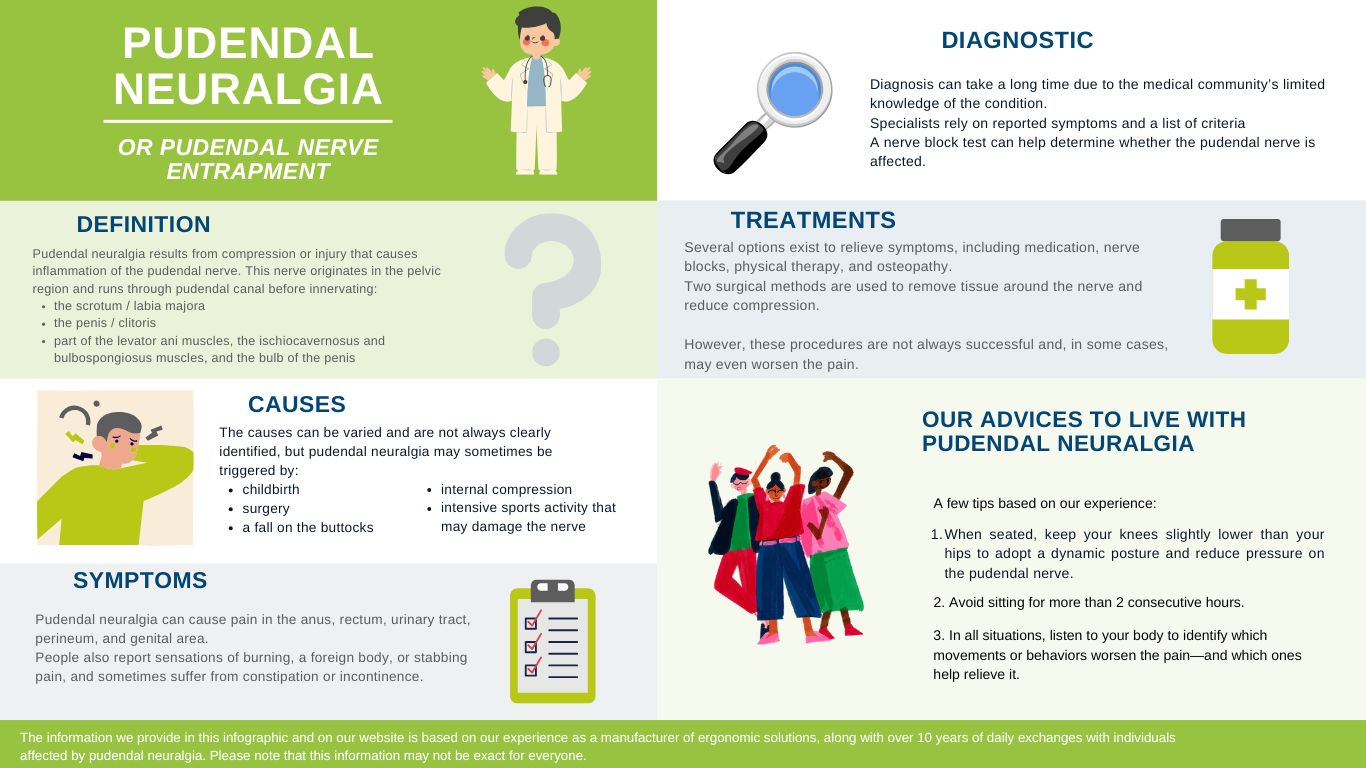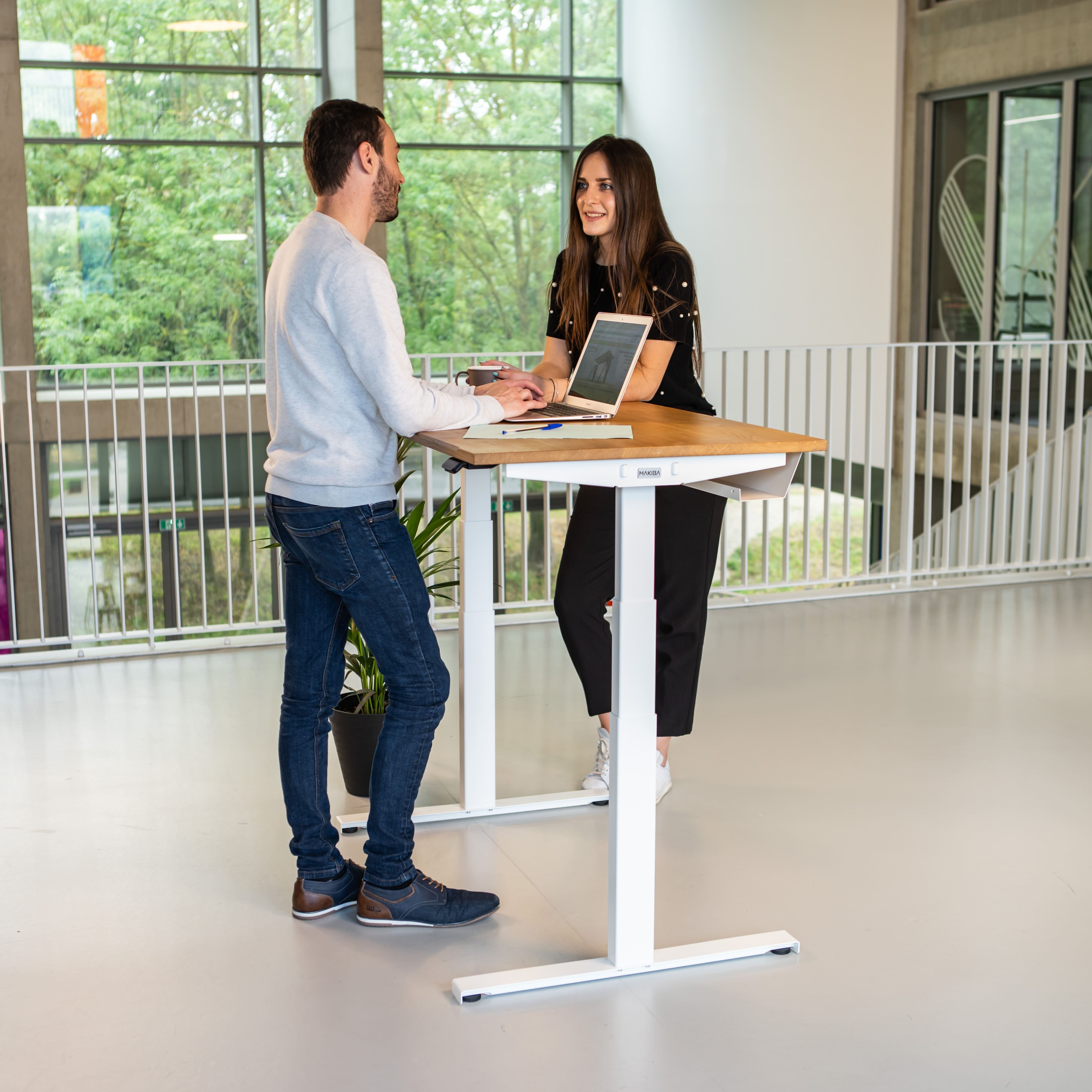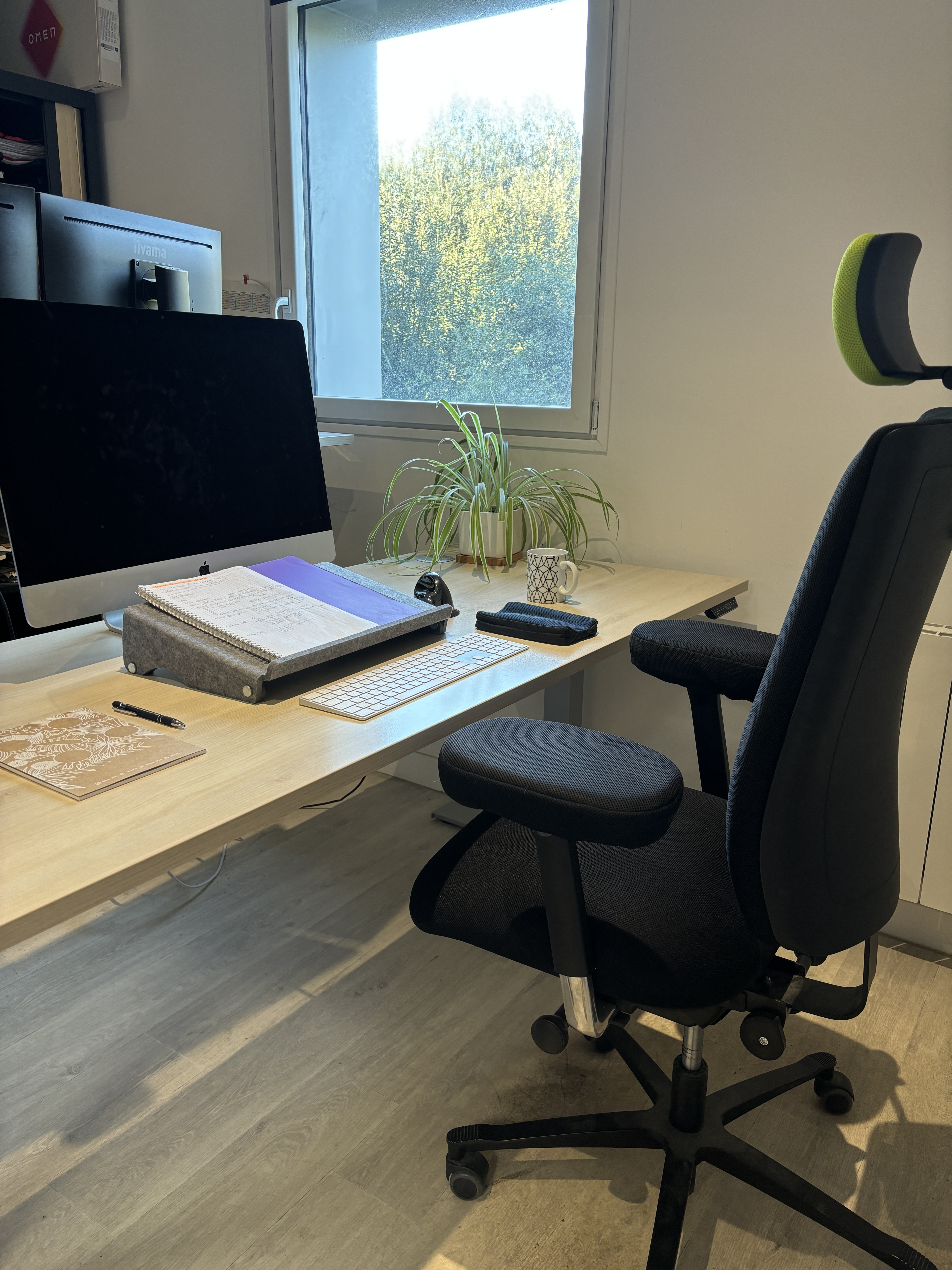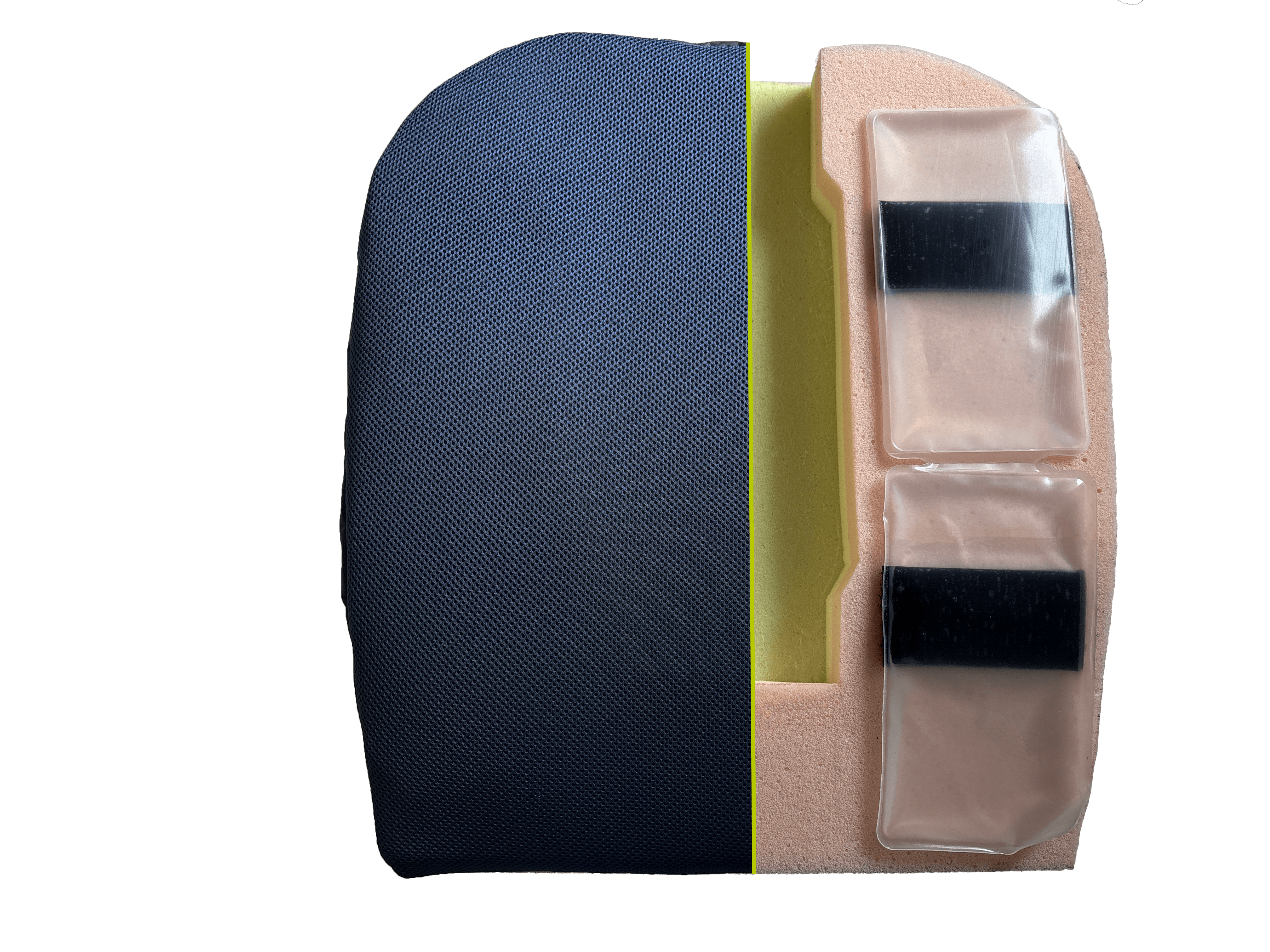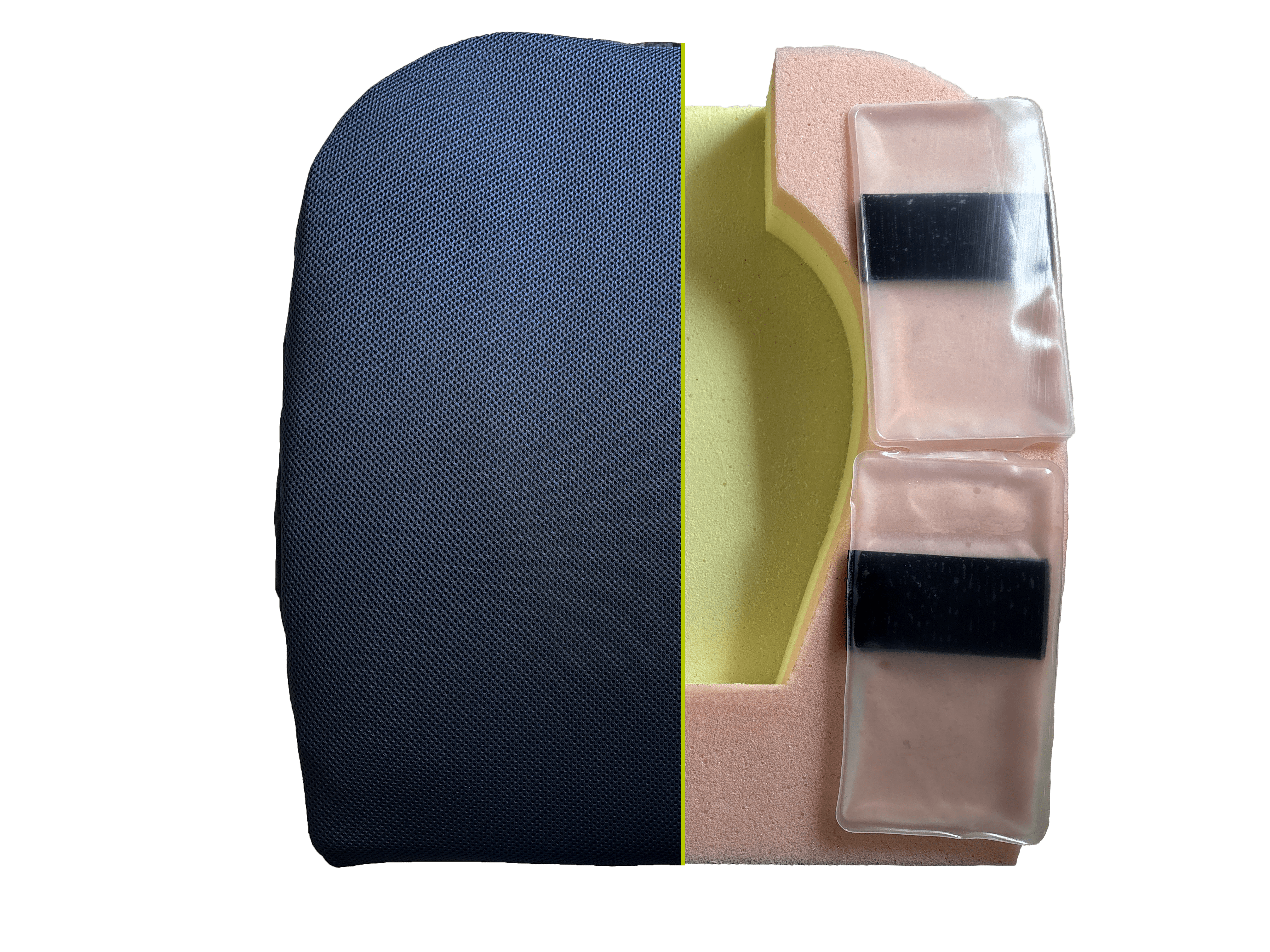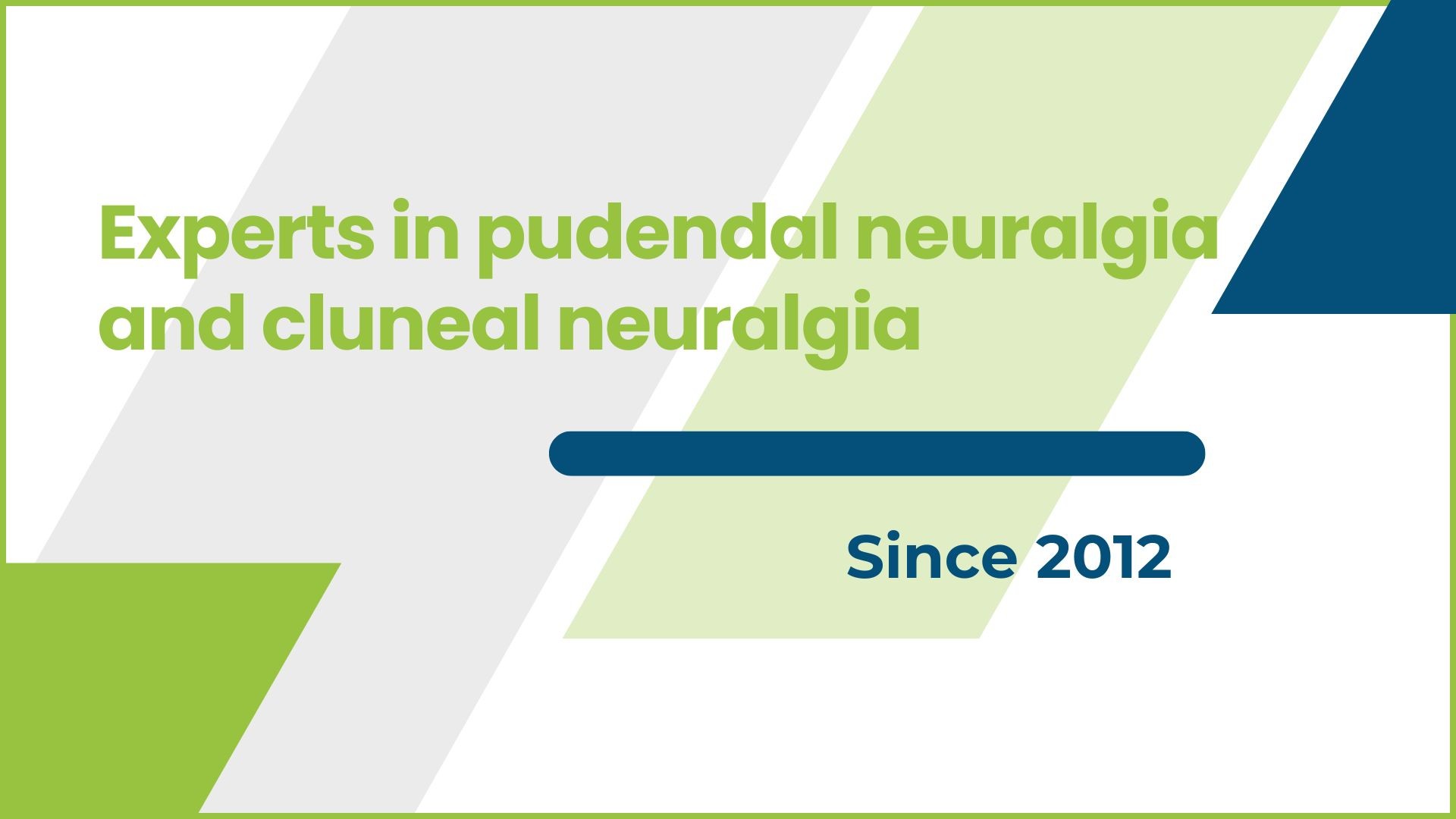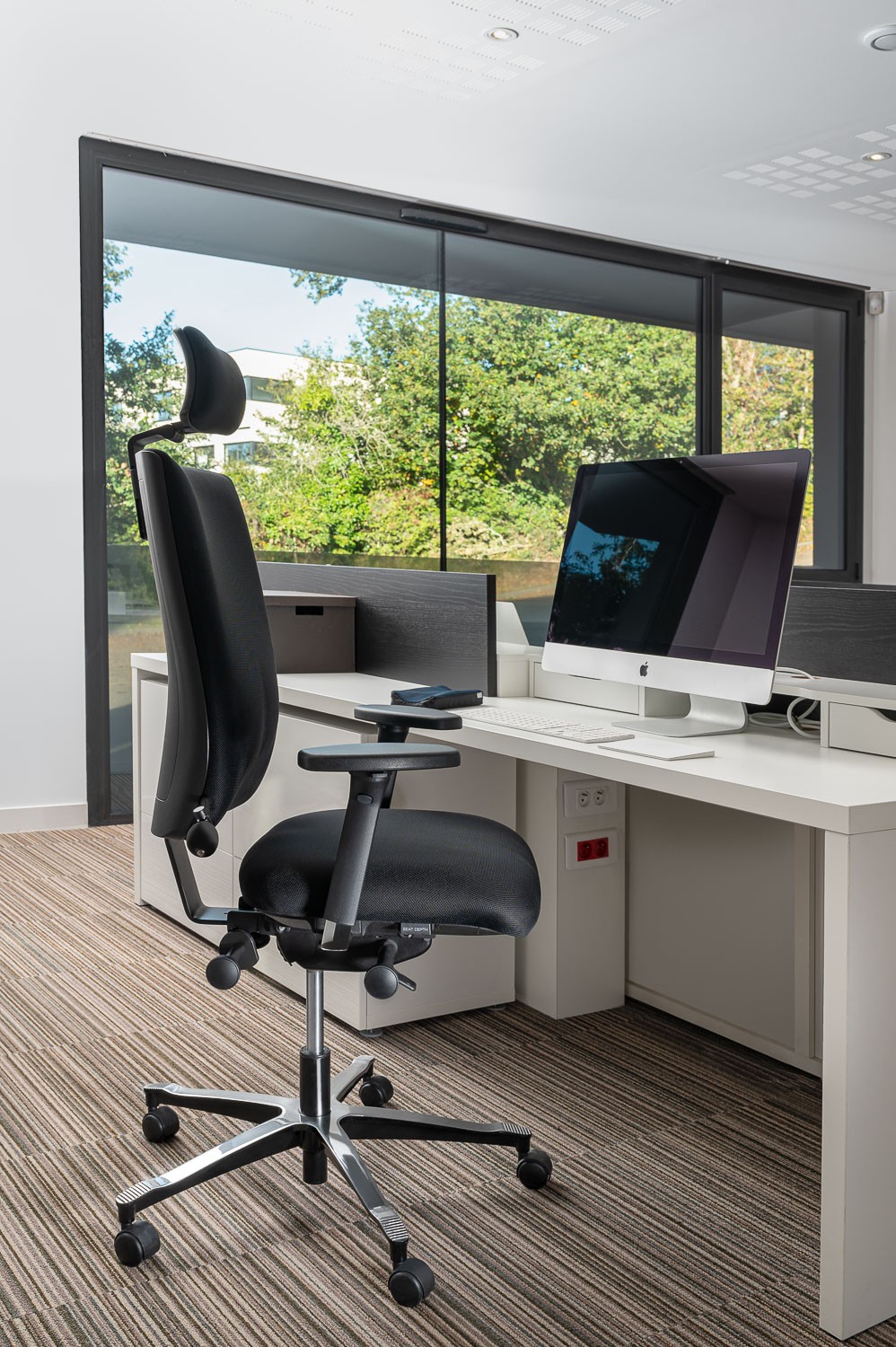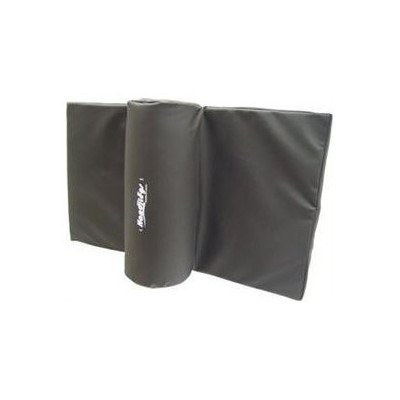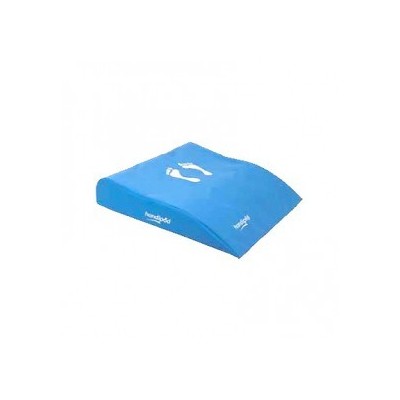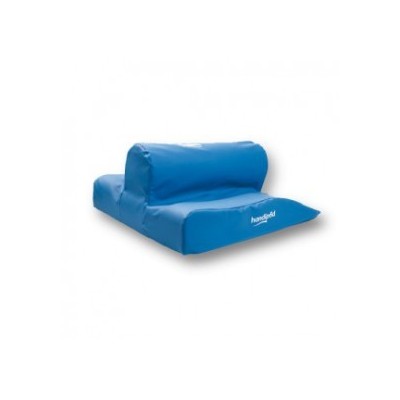
Understanding Pudendal Neuralgia
Understanding Pudendal Neuralgia
Pudendal neuralgia, also known as pudendalgia, is caused by injury or compression of the pudendal nerve, a nerve located in the pelvis that innervates the perineal area and genital organs.
Pudendal neuralgia leads to pain while sitting, especially pain in the anus and genital pain, and is often difficult to diagnose due to a general lack of awareness about the condition. The Nantes criteria are sometimes used to diagnose pudendal neuralgia, and a nerve block test can help confirm whether the pudendal nerve is affected. Pudendal neuralgia also has a psychological component, as it can lead to chronic pain.
There is no definitive cure, but it is possible to reduce strain on the pudendal nerve and learn to live with pudendal neuralgia in order to minimize its impact on daily life.
Want to learn more about pudendal neuralgia? Explore our complete guide on pudendal neuralgia.
Our Solution for Pudendal Neuralgia
As a specialist in pudendal neuralgia for over 10 years, we have developed the Alcock-rest: a cushion for pudendal neuralgia specifically designed to relieve pudendal pain using three core principles:
- • Offloading the Alcock canal from sacrum to perineum to avoid pressure on painful areas when sitting
- • Postural wedge cushion, thicker at the back to open the pelvic angle, reducing forward abdominal compression and intervertebral disc pressure that could pinch the pudendal nerve
- • High Viscosity Fluid pockets to distribute pressure across weight-bearing areas
